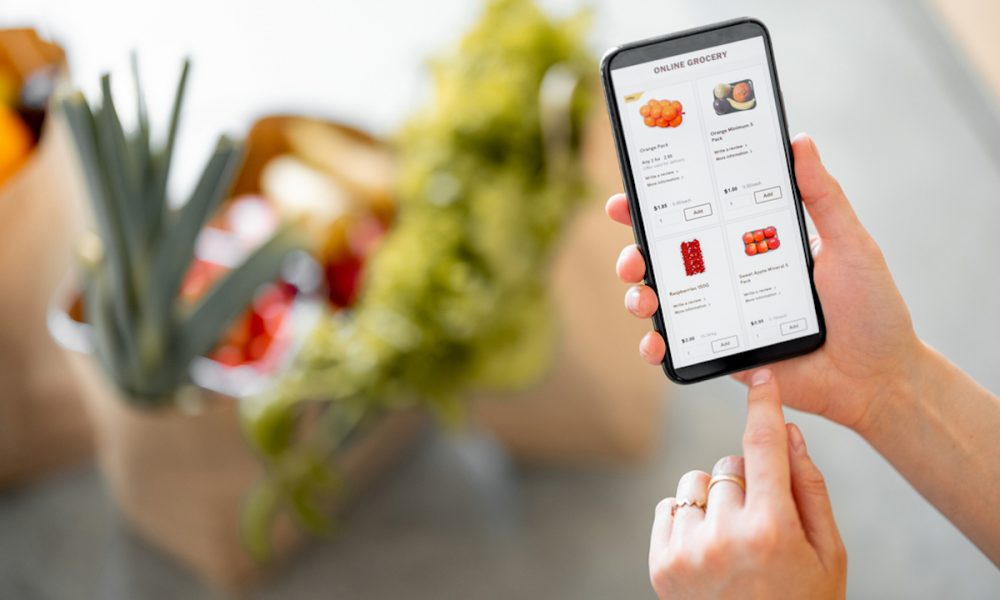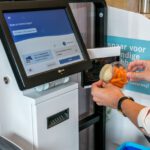Once again, United States grocery shortages are making headlines, and consumers growing frustrated with these out-of-stocks. Weather events, COVID-19 surges, and consequent labor challenges, among other factors, are making it increasingly difficult for grocers to keep shelves full. For grocery shoppers, for whom inventory availability is a top priority, these challenges could have a real negative impact on their relationships with their would-be favorite grocers.
Research from PYMNTS’ 2021 study Today’s Self-Service Shopping Journey: The New Retail Expectation, created in collaboration with Toshiba, which featured a census-balanced survey more than 2,000 United States consumers regarding their shopping preferences, found that inventory is top-of-mind for many shoppers. In fact, 38% of those surveyed reported that they believe that, if stores offered devices to check inventory on site, it would improve their overall in-store experience.
Read more: Consumers Want Self-Service Checkout Options But Rarely Get to Use Them
Moreover, in-store inventory check was ranked the single most important device-enabled shopping capability that would improve Generation Z consumers’ experiences. For these young shoppers, the feature is even more in demand than the ability to skip the checkout line, find items, access discounts or check prices.
In fact, when consumers grow frustrated with out-of-stocks, they may even ditch their previous favorite grocers to head right to competing stores, suggests research from PYMNTS’ October 2021 study Removing Friction at the Checkout: How Payment Experiences Influence Consumer Choice, created in collaboration with Checkout.com.
The study, based on the results of a census-balanced survey of more than 2,100 consumers, found that 56% of consumers cite lack of inventory status/product availability as a point of friction. In fact, this frustration was the third-most cited as consumers’ main source of frustration, behind lack of their preferred payment method and slow websites.
See also: Checkout Frictions Rise as Some Merchants Pull Back on Value-Adds
These inventory challenges can be especially acute for smaller grocers.
“We know that an independent is not the number one or not the number two retailer in any manufacturer means a force farther down the pecking order. Chances are we may be not getting our fair share of inventory,” IGA (Independent Grocers Alliance) President and CEO John Ross told PYMNTS in an interview. “Of course, that creates an adversarial relationship with our suppliers. It’s very emotional. So, getting back in stock getting back to normal terms might mean reducing our top line, but a more healthy relationship with the supply chain would be good for everyone.”
Related news: From COVID to Product Shortages to Labor Supply, Grocery Stores Adapt To String of Challenges
On the flip side, consumers’ anxiety about out-of-stocks provides grocers with the opportunity to guide shoppers towards their online channels, which provide real-time inventory updates and avoid the possibility of the shopper making the physical journey only to be met by empty shelves.
Currently, online grocery is an underpenetrated space relative to other eCommerce categories, according to data from PYMNTS’ December study The Connected Consumer In The Digital Economy: Who Wants To Live In A Digital Connected Economy — And Why? which surveyed more than 3,100 U.S. adults about how they engage digitally with their everyday activities. The results revealed that 49% of consumers place restaurant orders through restaurants’ websites or via their mobile apps, while only 32% purchase groceries online. Conversely, 91% of consumers buy their groceries in brick-and-mortar stores.
Get the study: The Connected Consumer In The Digital Economy: Who Wants To Live In A Digital Connected Economy — And Why?
Leveraging consumers’ inventory frustrations could allow grocers to turn brick-and-mortar shoppers into omnichannel customers. Given that findings consistently reveal that these omnichannel customers spend more than brick-and-mortar-only shoppers, especially when they join grocers’ loyalty programs, this opportunity, if they can seize it, could help grocers get more value from their existing shoppers.







